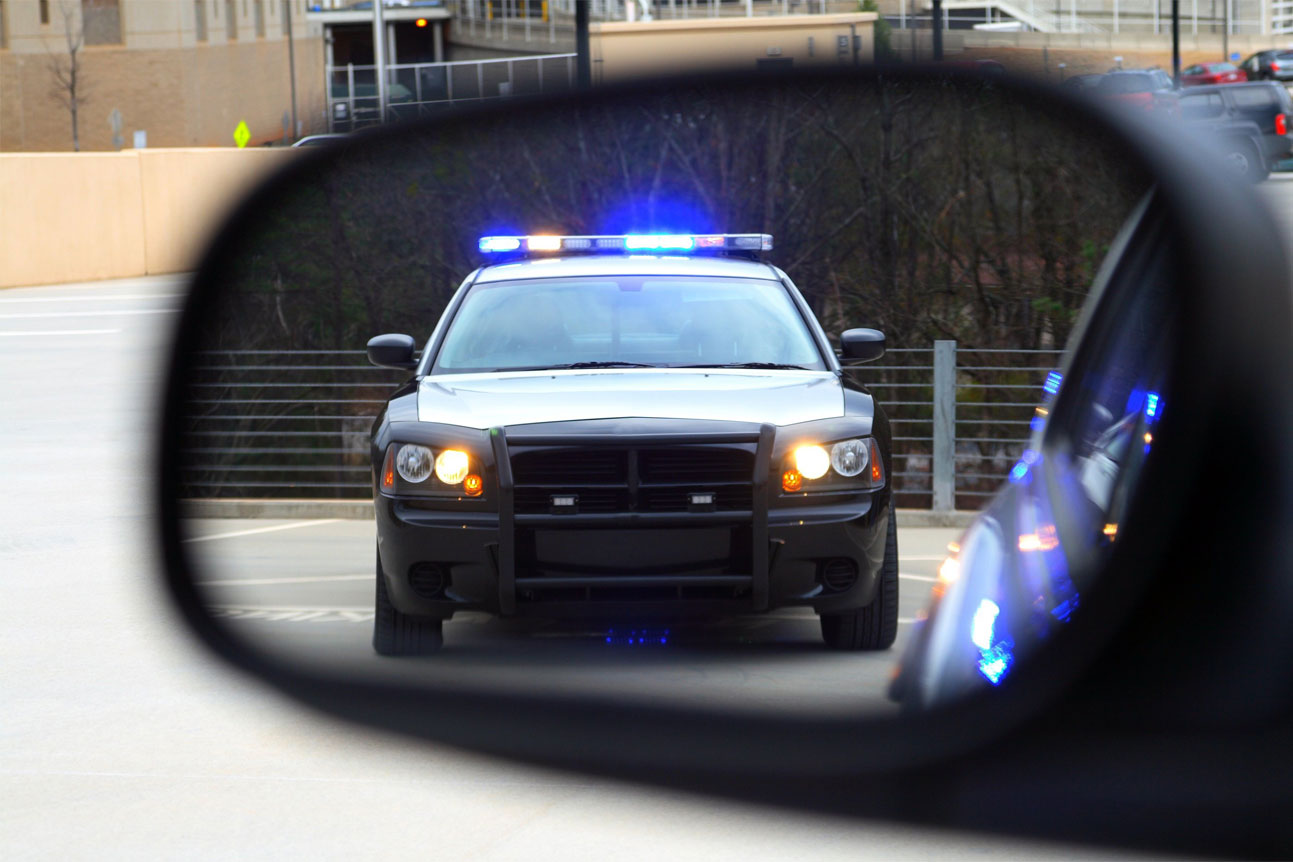The most suitable offer for your needs
The packages do not include the holding of a trial or any other legal act.
In the event that a trial is necessary, your lawyer will inform you of the costs associated with it.
Some additional costs may be added (request for postponement, travel if necessary, etc.)
*Applicable only for offenses related to the Highway Safety Code

3-5 points
- First consultation with one of our lawyers.
- Opening of your file and follow-up throughout the legal process.
- Assignment of a lawyer to your case.
- Sends the plea of not guilty (contestation of the ticket).
- Request for the disclosure of the evidence to the prosecutor.
- Legal analysis of the file.
- Search for information on your driving record with the SAAQ.
- Legal opinion personalized to your file given by your lawyer.
- Negotiation and correspondence with the court and the attorney in the file in order to obtain the best possible settlement for you.
- Settlement of your case or consultation for your trial.

What is dangerous driving?
When you are behind the wheel of a vehicle and you drive in a manner that endangers the safety of others or property, you could be charged with dangerous driving.
If convicted, the fine can be up to $3,000, in addition to the four demerit points that will be added to your driving record.
What is the offence of dangerous driving?
Contrary to common belief, dangerous driving is not solely a criminal offence. It is, in fact, addressed in Section 327 of the Highway Safety Code. This regulation applies to all public roads, as well as private roads and areas where public traffic is permitted. It states that “any speed or action with the potential to endanger lives or property is prohibited.” This means that dangerous driving encompasses more than just excessive speeding.
To secure a conviction for this offence, three essential elements must be established:
- The specific conduct or action in question.
- That this conduct or action had the potential to jeopardize the safety of individuals or property.
- The offence occurred on a road governed by Section 327 of the Highway Safety Code.
It is not required to demonstrate that the conduct or action resulted in actual danger, but proof of a potential and reasonably foreseeable hazard is adequate. Additionally, the defendant’s behaviour will be assessed in comparison to the actions expected of a reasonable person in similar circumstances. Thus, the evidence must illustrate that “a reasonable person, facing comparable circumstances, would have recognized the inherent risks and dangers associated with the defendant’s behaviour” (Québec (DPCP) v. Benoit, 2012 QCCQ 1364).

Dangerous driving cases in Montreal
While it’s clear that excessive speed can constitute dangerous driving, it’s essential to explore other examples of actions falling under Section 327 of the Highway Safety Code. The following scenarios have been considered dangerous driving:
- Passing a cyclist with less than two feet of clearance while driving a heavily loaded vehicle, weighing approximately 10,000 pounds, which couldn't brake suddenly, was deemed to pose a threat to the cyclist's safety. (Quebec (DPCP) Gamelin, 2014 QCCQ 11284).
- Executing a tight lane change between two vehicles, resembling an overtake on the right, at a high speed, was considered not the behaviour of a reasonable person (Québec (PG) Master, 2007 QCCQ 5887).
- Prolonged glances in the rearview mirror for fifteen seconds, causing the driver to veer into the oncoming lane, were viewed as actions significantly deviating from those of a reasonable person (Quebec (City of) Voyer, 2009 QCCM 104).
- Taking an exit on the highway despite the presence of red cones within the exit axis and a parked van indicating the commencement of the exit's closure. Failing to slow down when passing the van was considered as opposing behaviour from the behaviour expected of a reasonable and safety-conscious person (Laval (Ville de) Désilets, 2007 QCCM 183).
It’s important to emphasize that these are just a few instances, and each case is unique. Determining a defendant’s guilt depends on a detailed analysis of the specific facts associated with an offence. In certain cases, it may be possible to present a due diligence or necessity defence.
Potential ramifications of reckless driving
A conviction under this article entails the accumulation of four demerit points on the SAAQ driving record, as well as a fine ranging from $1,000 to $3,000, which varies according to the circumstances.
What can MTL Ticket do for you?
We know that every demerit point is important. Our team of traffic lawyers can help you fight your ticket for dangerous driving. You have a mere 30 days to contest your ticket after receiving it, so it’s important to reach out to us immediately after obtaining it.
Upon reviewing the evidence against you, if there’s a viable defence, we’ll assist you in contesting the ticket to save you from fines and demerit points. Even when no defence is available, we can negotiate on your behalf to secure the best possible resolution given the circumstances. We’re here to support you.






